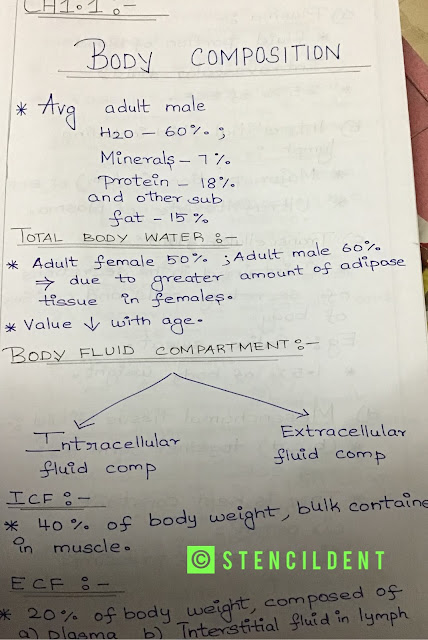Reticuloendothelial system- Formation,Classification

RETICULOENDOTHELIAL SYSTEM Reticuloendothelial system is also known as mononuclear phagocytic system FORMATION: Bone marrow ,monocyte circulate in blood for 3 days they attain maturity,ability to phagocytose gets converted to macrophage -tissue macrophage gets scattered in different body parts and collectively called "tissue-macrophage system'. FOUND IN: 1)Endothelial lining of vascular and lymph node 2)Connective tissue and some organ like spleen ,liver,lungs,lymph node etc. CLASSIFICATION: 1) FIXED RETICULOENDOTHELIAL CELLS 2)WANDERING CELL 1) FIXED RETICULOENDOTHELIAL CELLS: Location- tissue Found in : Connective tissue : serous membrane of pleura Endothelium of blood of sinusoid; liver,spleen,lymph node Reticulum; spleen,lymph node Central nervous system :microglia Lungs: alveoli of lungs 2) WANDERING CELL: A)IN BLOOD: NEUTROPHIL MONOCYTE B)IN SOLID TISSUE Only during emergency Connective tissue and other organs come to play FUNCTION: 1)Role in in...





